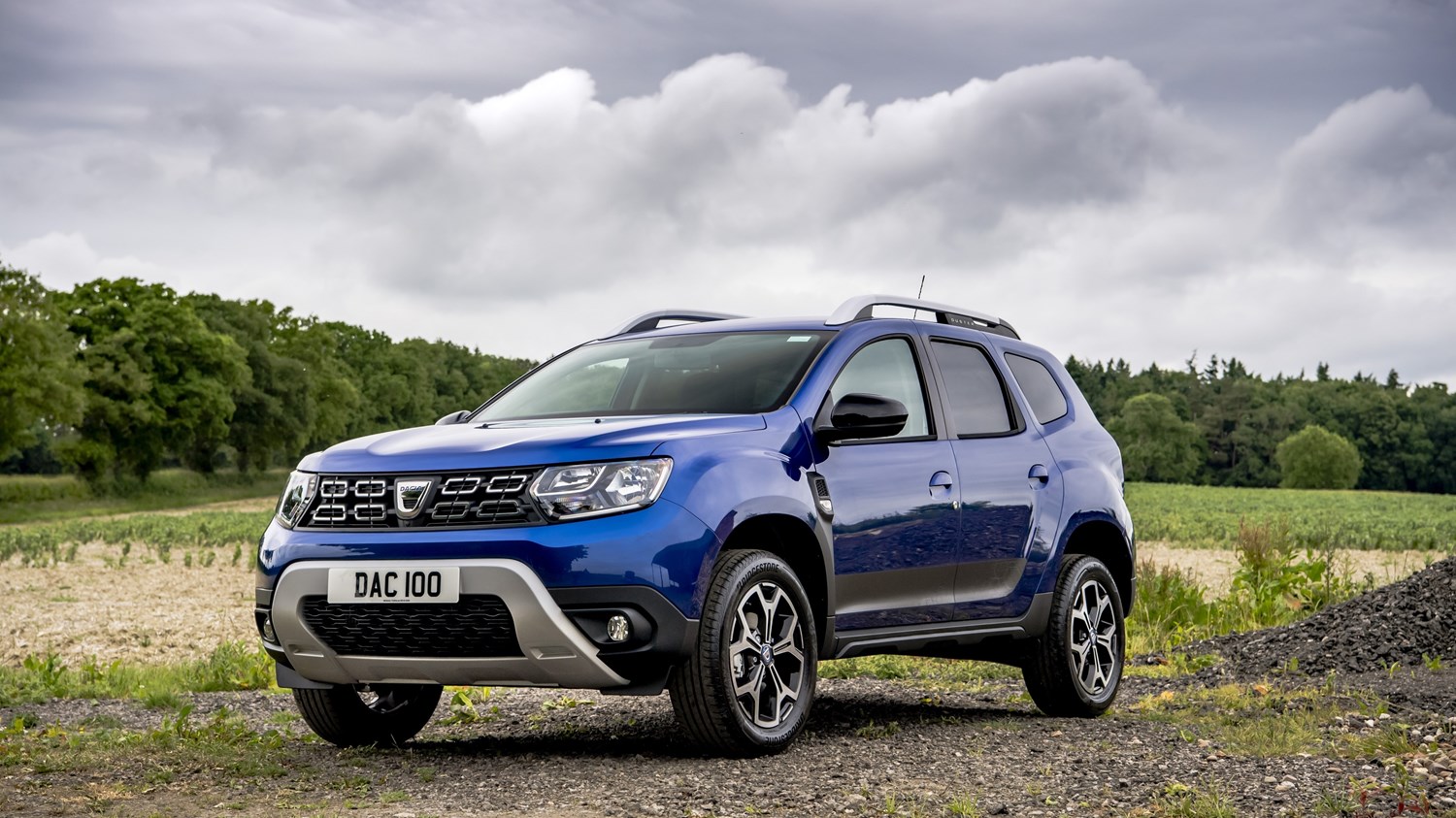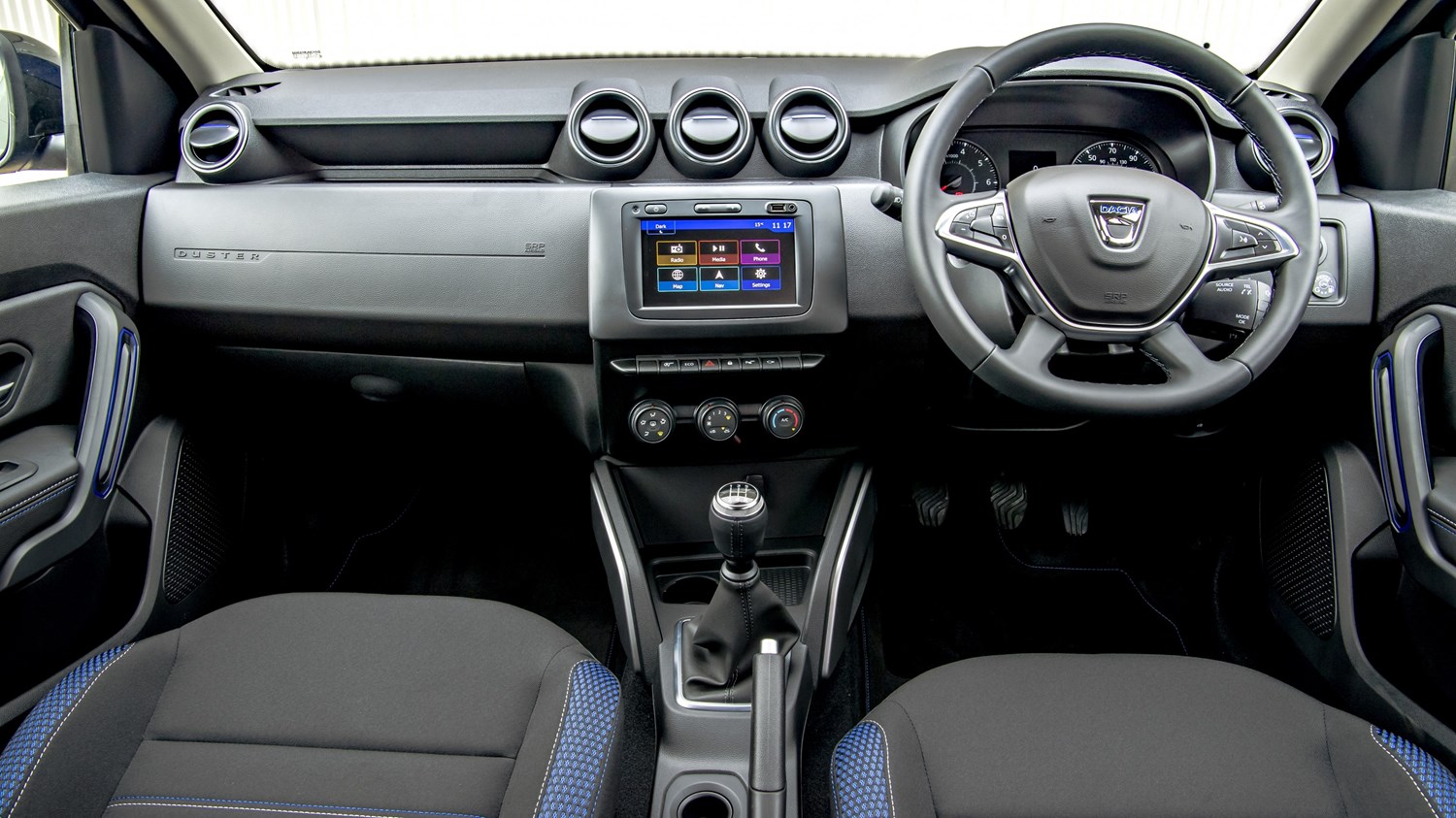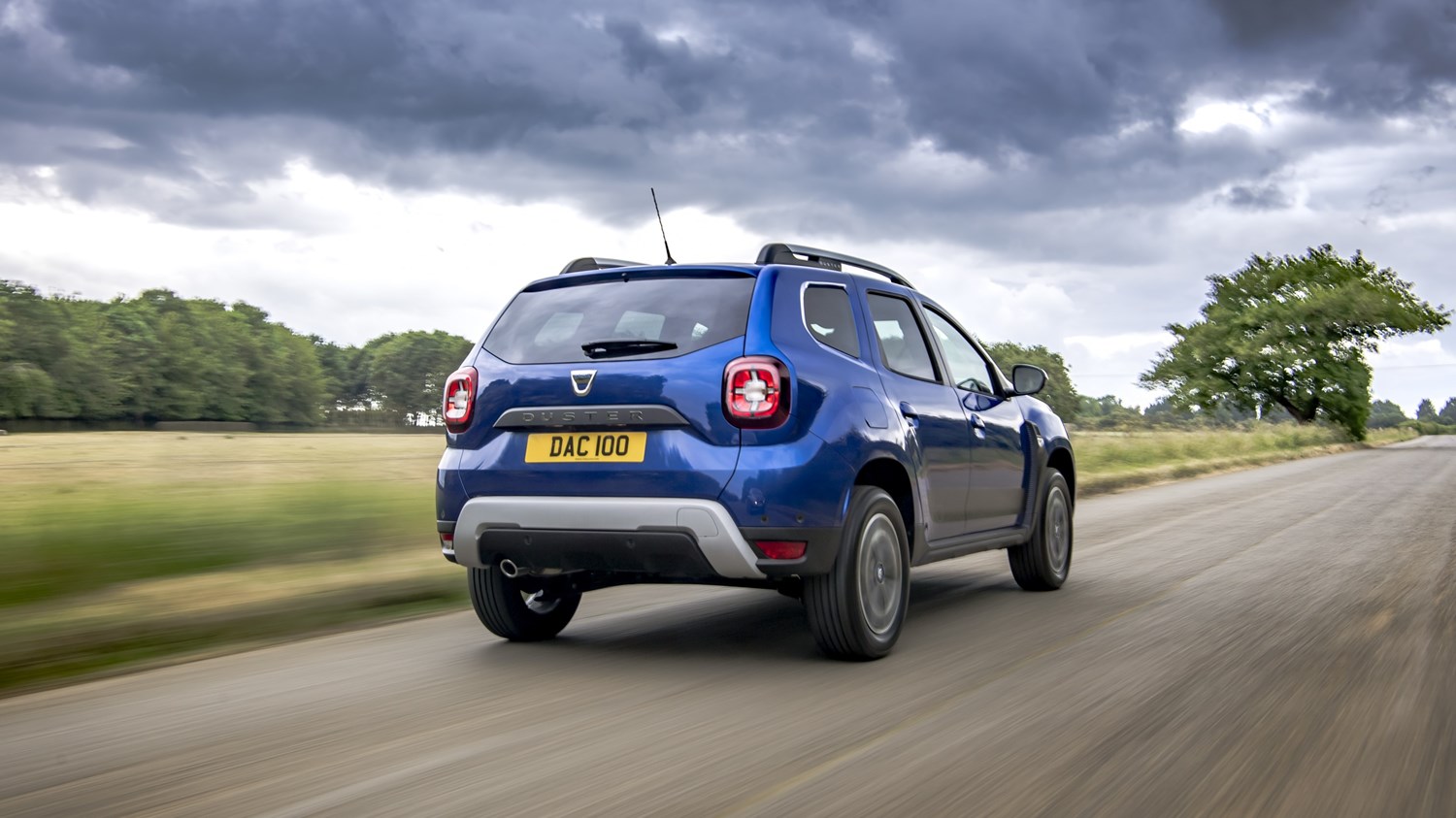Latest model
The Duster had its first real refresh in 2018, after five years of strong UK sales. The original Duster’s simple styling has been beefed up for the second generation, with chunky black plastic side cladding, new alloy wheel designs and distinctive new taillights, which look similar to those fitted to the Jeep Renegade.
LED daytime running lights are now standard, the interior trim and infotainment have been improved and there’s a new electric power steering system, with improved feedback.
Dacia has also given the engine line-up a rejig – introducing new turbocharged petrol engines from Renault, notably the affordable TCe unit, which is the entry-level option. New Techroad and SE Twenty special edition models have also joined the range.
The most recent update came in 2020 when Dacia became the only firm in the UK to offer a factory-fitted ‘Bi-Fuel’ option, which means the Duster can run on both petrol and LPG, with no major change in performance. With LPG being more affordable than petrol, these models help to reduce running costs.
Value for money
Dacia’s trump card has always been its incredible value for money, and that trend continues with the latest generation of Duster. While the Duster cost just £8,995 when it first arrived, prices have unsurprisingly increased over the years. However, even today, a new Duster will cost you just £11,745. For that, you get the no bells and whistles Access model, which comes with steel wheels and doesn’t even get a radio. It’s very sparse indeed, but is refreshingly simple and no-nonsense. Great value is offered across the range, with even top-spec 4x4 models only tipping the scales at just over £20,000.
If you’re looking for a used Duster, prices start from as little as £3,500 for a high-mileage model from 2013, and expect to pay around £4,500 for a higher-spec version with fewer miles. New-shape Dusters hold their value better, and can be picked up from around £9,500, or expect to save a couple of thousand pounds by going down the nearly-new route.
Looks and image
Admittedly, the Dacia Duster is hardly a status symbol, but there’s a lot to admire about its straightforward honesty. In terms of image, it points to you being a pragmatic, forward-thinking and cost-conscious motorist rather than one who buys a cheap car out of desperation.
There’s a certain anti-cool element to the Duster – it’s interesting because it’s cheap, rather than uncool, which gives it a stronger image than you’d expect - something that is reflected in surprisingly decent residual values.
It looks pretty funky, too, especially after its 2018 revisions. The cross-shaped rear lights are almost a carbon copy of those on the funky Jeep Renegade, while the chunky yet bulbous styling is smart and well-proportioned. If the Duster had a more upmarket badge on its behind, it wouldn’t look like a budget car at all.
Fit and finish is okay rather than fantastic - cheap plastics are the order of the day, but what more would you expect from a car at this price level? The finish is hard and shiny, but the major controls all feel durable and well-made as opposed to cheap and flimsy. The fabric seats are a bit scratchy, but again they’re built to be durable rather than super-plush. Overall, they do a good job and carry wear well.
If you’ve owned a Renault at some point in the last decade or so, quite a few of the dashboard components will be instantly familiar - the air vents are the same as those on the old Clio, for example, while the steering wheel and column stalks will also bring a sense of déjà vu.
The latest Duster also gets a seven-inch infotainment screen, which is easy and intuitive to use, and also comes with smartphone mirroring and satellite navigation.


